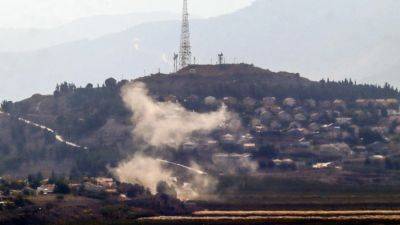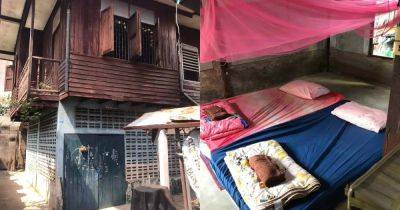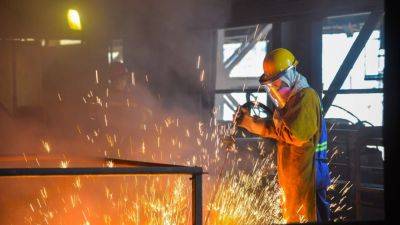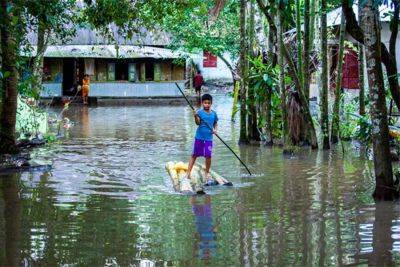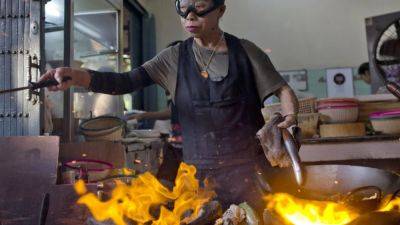The ancient UNESCO-listed city that’s considered the cradle of Thai culture
Editor’s Note: This CNN Travel series is, or was, sponsored by the country it highlights. CNN retains full editorial control over subject matter, reporting and frequency of the articles and videos within the sponsorship, in compliance with our policy.
CNN —Every year in Thailand, on the evening of the full moon of the 12th month of the Thai lunar calendar – usually in November – thousands of locals and tourists head for the nearest body of water to celebrate Loy Krathong.
As part of the festival, people release small floats – krathongs – that are commonly covered in decorative banana plant leaves and topped with flowers, incense and candles. These are set adrift as offerings to the water goddess, an act many people believe brings luck.
Loy Krathong falls on November 15 this year, and events will be held all over the country, but the biggest celebration takes place in the city of Sukhothai, a UNESCO World Heritage Site.
Related article Why Thailand is making it easier for travelers to stay longer
Featuring traditional parades, light and sound shows and fireworks, the Festival of Lights takes place from November 8-15, when the city’s ancient monuments will be dramatically lit up to celebrate the historical park’s impressive heritage.
But even if you can’t make the journey to Sukhothai for its Loy Krathong festivities, it’s worth visiting any time of the year.
The birthplace of Siam
Sukhothai was the first capital of the Kingdom of Siam (Thailand’s former name), in the 13th and 14th centuries, before it was conquered by Ayutthaya, which became the new capital in 1438. Today, several impressive Buddhist monasteries and other examples of early Thai architecture can be explored in the Sukhothai Historical Park.
UNESC


